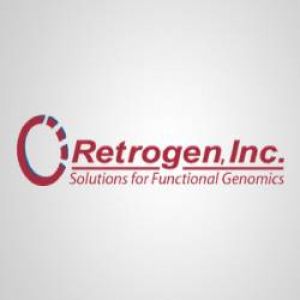DNA sequencing| Gene Panel Sequencing | Biotechnology - Retrogen, Inc.Posted by Retrogen, Inc. on December 26th, 2020 The rapid development of sequencing technology will promote the massive accumulation of DNA sequencing data, accompanied by the accumulation of the corresponding individual diseases, signs and other data at the same time. When we accumulate enough data, how to understand these data will be critical. On the micro level, generations of molecular biologists' studying the effects of apparent biological traits genes exert on utilizing technologies like gene knockout have made breakthroughs in many crucial aspects. On the macro level, statistics and other data analysis techniques are introduced to study the relationship between gene sequences and biological phenotype. The accumulation of basic scientific research gradually brings breakthroughs in clinical applications. There are now two types of clinical applications mainly, one aims at disease screening of ordinary people. It infers people's future risks of getting cancer by measuring the known genes associated with a disease loci. The other aims at the diagnosis cancer and other deadly diseases. It finds in a series of drugs or plans the most effective one for certain patients by testing the loci of certain genes SNP. Under such a circumstance, the next generation sequencing technology (second-generation sequencing) appears. As an emerging industry, the next-generation sequencing technology can be applied in clinical testing like antibody discovery, health industry, industrial and agricultural use of gene-oriented study as well as scientific research and development. You may have heard of genomes being sequenced. For instance, the human genome was completed in 2003, after a many-year, international effort. But what does it mean to sequence a genome, or even a small fragment of DNA? Like it? Share it!More by this author |


